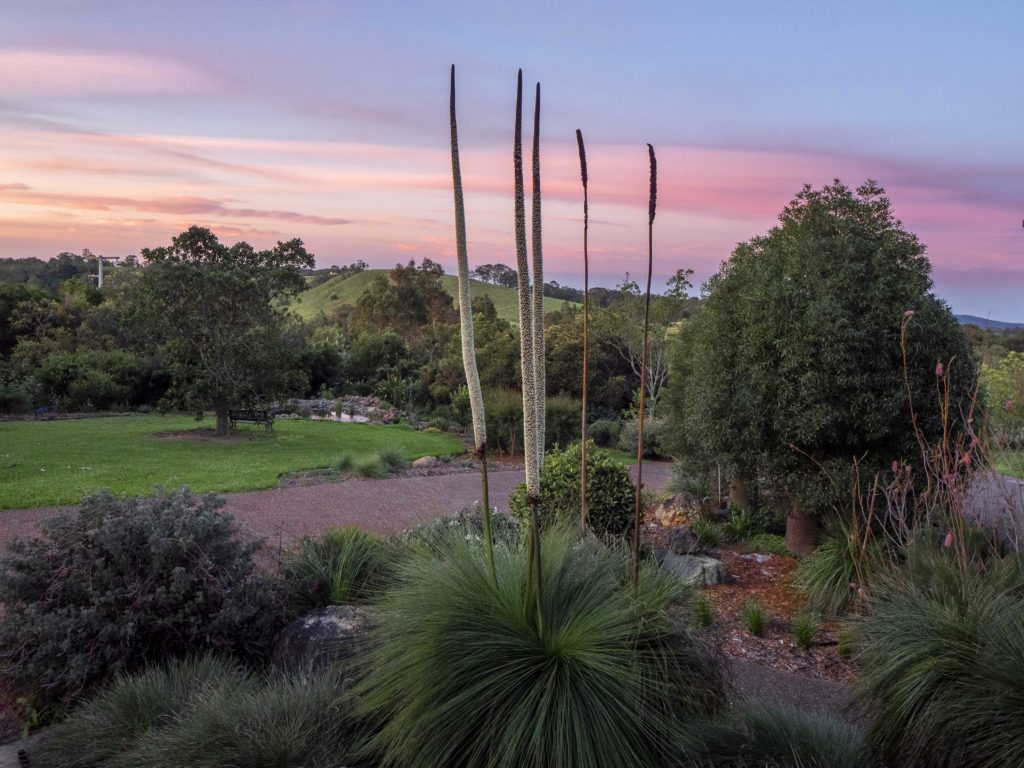The idea of a cosy cottage garden, with herbaceous borders of annuals and perennials against a backdrop of shrubs and (maybe) a small tree or two, is becoming popular again especially as gardens become smaller.
Remember, plants that self-seed in a garden can easily become weeds in nearby bushland. By introducing native plants, especially local (i.e. indigenous) species, you will reduce your garden’s weed potential and make it more attractive to flora and fauna.

The principles of colour
Australia has more native plants than any other country in the world. There are many low growing annual and perennial Australian plants and shrubs that can be used in a massed display to create a cottage garden. There is a huge range of colours and we are particularly fortunate to have an abundance of blues to choose from.You can use a colour wheel to choose colour harmonies or just go for a riot of colour – the choice is all yours and will be reflected in the character of your garden.
Colour helps to create moods. When choosing flower colours it is important to remember:
- Warm colours – red, pink, orange and yellow, give a sense of fun and activity; they tend to come to the foreground and thus appear larger.
- Cool colours – blues, greens and some blue-violets, give a feeling of space and serenity; they tend to recede from the eye and can appear smaller.
- Neutral colours – white, grey and black. Grey is an excellent ‘linking colour’, but be careful with white and black. Both can appear as ‘holes’ or spaces in a colour scheme. Both work well highlighting other colours.
Limit the number of contrasting colours. They are high impact so use them sparingly to create a focal point in your garden. Use more harmonious colours. They lie next to each other on the colour wheel and so relate to one another and do not clash.
